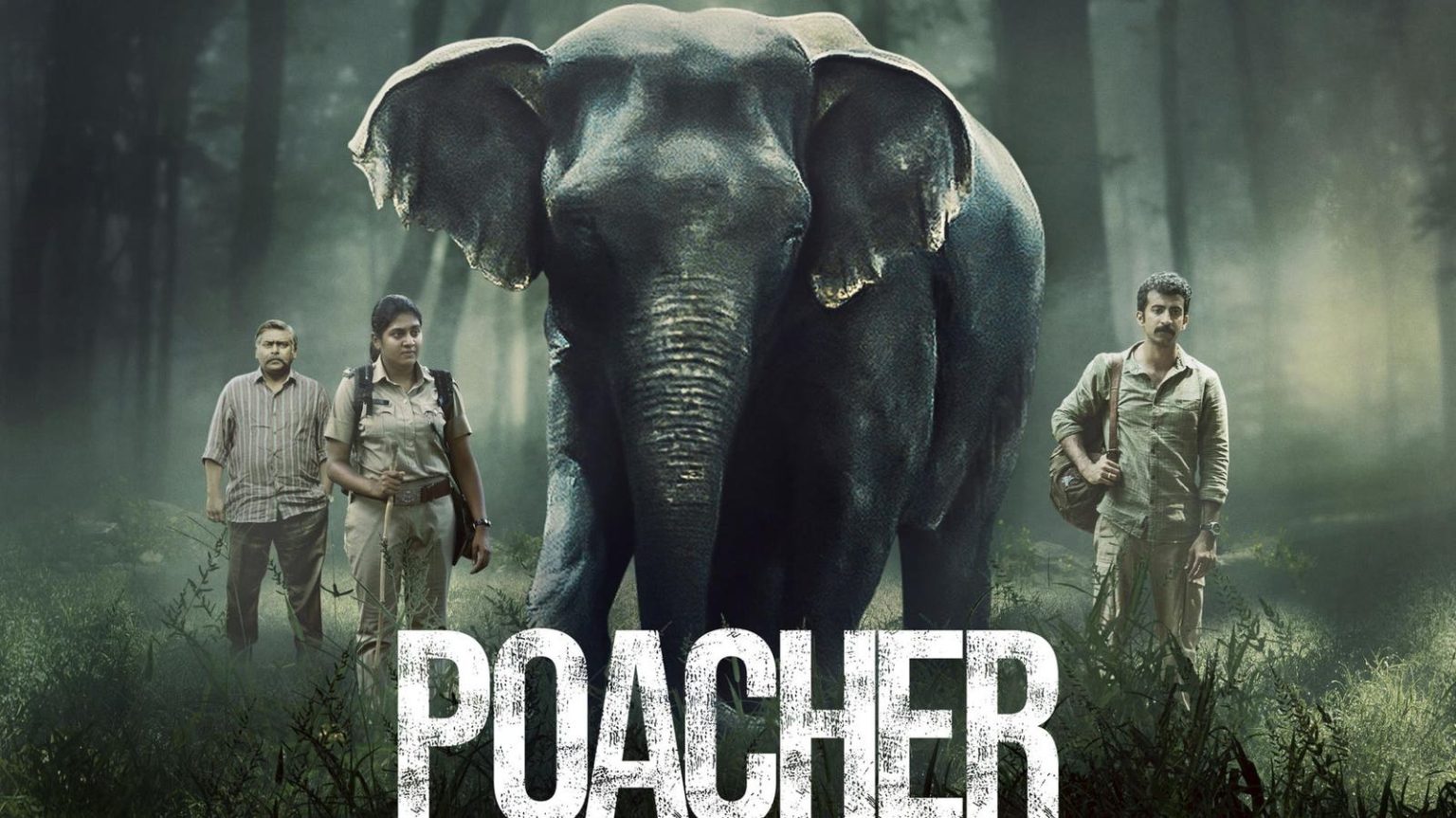Filmmaker Richie Mehta, who won an International Emmy for his previous project Delhi Crime, has now delved deep into the illegal business of ivory trade in India with his latest outing. Amazon Prime Video original series Poacher explores the world of elephants, forests and the fight against poachers in India. In an exclusive interview, Mehta recalls how he came across the idea of Poacher even before Delhi Crime, the ideals that drive him in taking up different subjects from a country he does not live in, and much more. He also explains how he used the x-ray feature on Prime Video to highlight the importance of various creatures found in the Indian forests. The series also offers a direct and easy option for viewers to contribute money to the cause of wildlife conservation after each episode.
The Idea
Recalling the first time he came to know about the illegal business of ivory in India, the filmmaker says, “I was doing the Google-backed project – India In A Day. It was a documentary and people from across the country sent me footage. One of the pieces of footage that I received came from Wildlife Trust of India and it was the ivory raid in Delhi (which is also shown Poacher). I was shocked and found the footage crazy. I had never seen something like that before. When I called them up, they told me this raid happened on the shoot day, so they decided to send me the footage. I informed them that I could not use that footage because of a lack of context, but promised I would come back to it a few years later.”
He adds, “As a reminder to myself, I put a scene in Delhi Crime – a character finds ivory in a random traffic stopover. When I came back to the idea after Delhi Crime, Wildlife Trust Of India introduced me to the wildlife crime team fighting it all. Then I met all these people who have inspired my characters.”
The passion
Poacher takes a deep dive into the complex nature of the crime and the fighters who strive to save the environment. Designed as a thriller investigating the nexus of ivory trade across India, the eight-part series also takes time to give us a peak into the lives of the people involved in this fight. We get to see their dedication for the job, their passion for the safety of wildlife and environment; and the sacrifices they make in the process.
Talking about them, Mehta says, “Indians are fighting to save the world. These crusaders are very altruistic. They are willing to sacrifice their lives for the sake of the environment. They treat wildlife world as their own family, so they give it the same importance as their spouses and children. They are willing to sacrifice one for the other. It is like, you need to disappoint one child to protect the other. I found that very shocking and it was something I had never seen before. And, then, they put themselves out there, willing to sacrifice their lives in order to save the wildlife. They are doing it all to save a species that will happily trample them over indiscriminately.”
The awe
Mehta insists that just like the fighters against wildlife crimes, he is often happy to sacrifice his own health and time for the sake of his passion – storytelling. Recalling the time when the scenic beauty of Kerala stopped him in his tracks, the filmmaker talks about a spot where he waited near a riverbed in order to find wild elephants. “We were near this riverbed where elephants love to eat clay. Around 2am, a mother elephant and a baby elephant came, and we saw them eating clay as if they were hanging out in a bar. They even saw us – just four or five meters away from them – but they were not bothered. They just continued eating as if they were hanging out, and just snacking a bit and then just sauntered back into the woods after an hour or so.” He adds that he was also happily surprised to know that people can still drink water from the river in Kerala. “It was shocking, I thought that ancient India existed only in paintings and children’s storybooks, but it still actually exists.”
Contributions to wildlife conservation
Asked about his personal contribution to wildlife conservation, Mehta says, “I hope to inspire people. I use my skillset of storytelling. I remember British wildlife crime fighters watched our series at the London screening and they related to the story as it is a global issue. We have also utilized the x-ray feature on Amazon – you see details of every animal in the series. You can tap on x-ray and get to learn all the details about an animal or an insect appearing in a scene, its contribution to the environment, and the threats they face. Even the flies, leeches and ants, leopards and tigers, you will find data on all of them. I hope children watching the series will be inspired by that information.” The filmmaker also adds that during his research for Poacher, he stumbled upon several ideas that can be adapted to the screen. He hopes to keep returning to the subject of wildlife conservation for years to come.
Offering insider’s vision from the outside
Talking about his interest in Indian issues and managing to offer an insider’s gaze despite being a non-resident Indian, Mehta says, “Global issues concern me sitting outside India. Delhi Crime – that was one of the most heinous crimes in the world, and it happened to be Delhi. More than the crime itself, for me, it was about the women solving the crime. Coming back to Poacher, every child loves elephants. They are only found in two regions and the highest density in Asia is Kerala. Also, I loved showcasing that India’s wildlife protection laws are among the best in the world, if not the best. I love showcasing Indian talent, I love showcasing the actors, the visual talent and showing to the world what India can do. The stories coming out are world class.”
(This conversation has been edited and condensed for clarity).
Read the full article here





